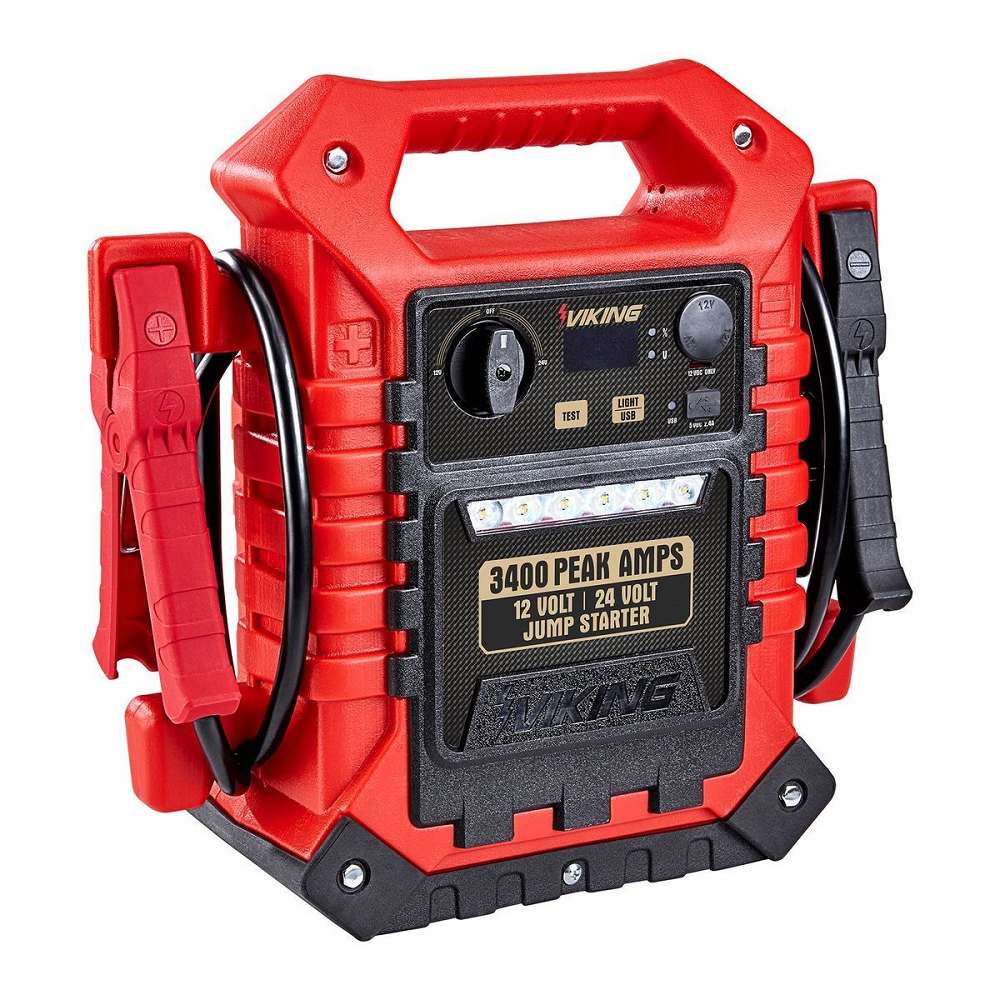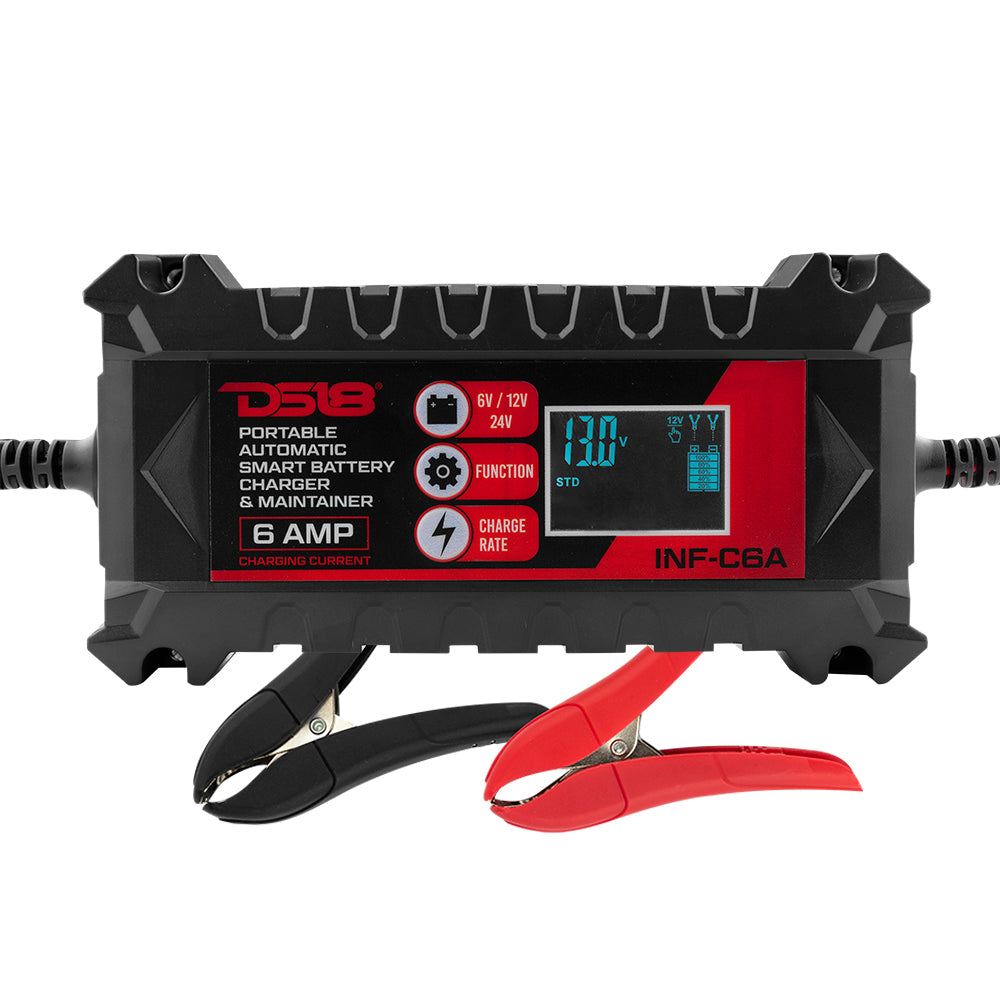In today’s fast-paced world, having a reliable vehicle is essential. However, a car battery can fail when you least expect it. A dead battery can leave you stranded, causing frustration and potential delays. Thankfully, portable car battery chargers offer a practical solution to this problem. They are compact, user-friendly, and convenient. Knowing how to choose and use one can save you time and hassle. In this article, we will explore everything you need to know about portable car battery chargers, from their features to the best practices for safety and maintenance.
Understanding Portable Car Battery Chargers
What is a Portable Car Battery Charger?
A portable car battery charger is a device that allows you to recharge a dead car battery without the need for another vehicle. Unlike traditional chargers that typically require a power outlet, portable chargers are designed to be compact and lightweight for easy transport. They usually come with jumper cables or built-in battery packs. Some models even have the capability to charge phones or other small electronic devices.
The primary function of a portable car battery charger is to jump-start your vehicle. If your car’s battery is weak or entirely dead, using one can get you back on the road quickly. These chargers can vary in size and amperage, allowing for flexibility depending on your vehicle’s requirements.
How Do They Work?
Portable car battery chargers work by connecting directly to your vehicle’s battery terminals. When you connect the charger, it transfers energy to the battery, providing the necessary charge to start your vehicle.
Many portable chargers also come with safety features. For example, some include spark-proof technology, which prevents sparks during connection. Others have built-in LEDs that indicate the charger’s status, letting you know when your battery is fully charged.
The user interface is generally simple. Most chargers come with clear instructions and color-coded cables (red for positive and black for negative) to avoid mistakes during the connection process.
Selecting the Right Portable Charger
Key Features to Look For
When shopping for a portable car battery charger, several features can enhance your experience.
- Amperage: The charger’s amperage is crucial. Higher amperage can recharge your battery quickly. Look for chargers with at least 400 amps for effective jump-starting.
- Size and Weight: Consider how often you will need to use it. If you plan to carry it in your vehicle, opt for a lightweight and compact model.
- Safety Features: Ensure that the charger has safety features such as reverse polarity protection. This feature prevents damage to your car’s electrical system if you accidentally connect the cables incorrectly.
- Versatility: Some chargers can also power other devices, like smartphones or laptops. If you frequently find yourself in areas without power outlets, this feature can be particularly handy.
- Compatibility: Make sure the charger is compatible with your car’s battery type. Most portable chargers work with standard lead-acid batteries, but some might not be suitable for AGM (Absorbent Glass Mat) or lithium-ion batteries.
Price Range
Portable car battery chargers can range from $30 to over $200, depending on features and brand. While it’s tempting to choose a cheaper model, investing a bit more can provide better safety features and faster charging. Find a balance that fits your budget while still offering reliability.
Safety Practices for Use
Initial Preparations
Before using a portable car battery charger, it’s essential to follow specific safety protocols. First, ensure that the charger is fully charged. A partially charged device may not provide the necessary power to jump-start your vehicle.
Next, consult your vehicle’s manual for specific guidelines, including battery location and jump-starting instructions. If you’re unsure, always err on the side of caution and seek assistance from a professional.
Proper Connection Steps
- Turn Off Everything: Before jumping the battery, turn off the vehicle and all accessories, like lights and radios. This allows for a safer and more effective charging process.
- Connect the Charger: Start by connecting the red cable to the positive terminal of the dead battery. After that, connect the other end to the positive terminal of the portable charger.
- Ground the Connection: Next, attach the black cable to the negative terminal of the charger. The other end should be connected to a metal ground on your vehicle. This reduces the risk of creating sparks.
- Power On: Once everything is securely connected, turn on the charger and wait for the LED indicators to tell you it’s operational.
- Start the Vehicle: After a brief wait, try starting your vehicle. If it starts, let it run for a few minutes to recharge the battery further.
Disconnecting Safely
Once your vehicle is up and running, you need to disconnect the charger safely. Always remove the cables in the reverse order you connected them. This means disconnect the black cable first, followed by the red cable.
Handle the cables with care to avoid any accidental disconnections or short circuits. Store the charger in a safe place, ready for your next emergency.
Maintenance and Care
Regular Check-ups
To ensure your portable car battery charger functions optimally, perform regular maintenance. Check the device for wear and tear, especially on the cables and connectors.
Keep the charger clean and free from dirt or dust. If it has an LCD display or LED indicators, clear away any grime that could obstruct your view. Most chargers come with a protective case; make sure to use it when storing the device.
Testing the Charger
Periodically test the charger to ensure it still holds a charge. Fully charge it, then leave it for several weeks and check if it maintains the charge. If not, it may be time for a replacement.
Lifespan Awareness
Most quality portable chargers can last several years if properly maintained. However, battery technology has limitations. If your charger begins to show signs of declining performance, consider investing in a new one. Doing so ensures you are always prepared for emergencies.
Understanding Battery Types
Different Types of Car Batteries
To fully appreciate portable car battery chargers, it’s essential to understand the different types of car batteries.
- Lead-Acid Batteries: These are the most common. They have been around for decades and are relatively inexpensive. However, they can weigh a lot and require regular maintenance.
- AGM Batteries: Absorbent Glass Mat (AGM) batteries provide better performance and are safer than traditional lead-acid batteries. They are more resistant to vibration and can be mounted in various positions.
- Lithium-Ion Batteries: These are newer technology options. They are lightweight and have a longer lifespan than traditional batteries. However, they can be costly. Ensure that your portable charger is compatible with these batteries if you own a vehicle that uses them.
Recognizing Battery Issues
Sometimes, even a portable charger may not be able to jump-start a vehicle. Recognizing when your battery is beyond help is crucial. Signs of battery failure include:
- The battery casing is bulging or cracked.
- Corrosion around the terminals.
- A strong, rotten smell.
- The battery is over three years old and showing severe signs of wear.
In these cases, replacement may be necessary. Always consult a professional when in doubt about battery issues.
Conclusion: Be Prepared for Anything
A portable car battery charger can be a lifesaver in emergencies. It offers peace of mind knowing that you can handle battery issues independently. By understanding the charger, selecting the right features, practicing safe usage, and performing regular maintenance, you’ll keep your portable charger ready for action.
Make it a habit to check your charger and familiarize yourself with how it operates. You don’t want to learn how to use it when you’re already in a bind. With the right preparation, you can be confident that you are always ready for the unexpected.
Staying informed and proactive can keep you on the road, minimizing delays and maximizing convenience. Whether you’re commuting to work or heading out for a road trip, having a portable car battery charger is a smart investment for any vehicle owner.



